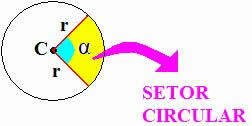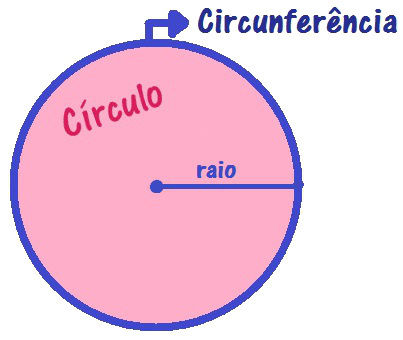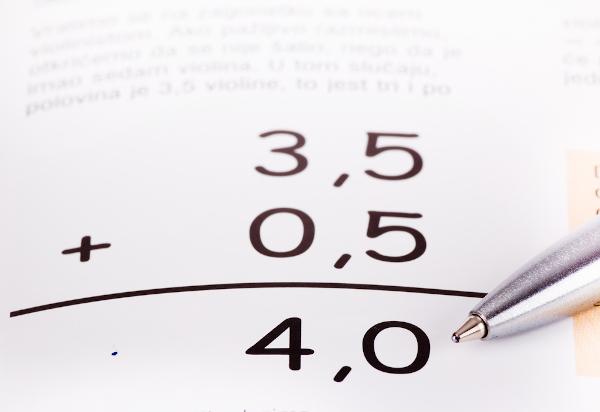THE probability theory is the branch of Mathematics that studies experiments or random phenomena and through it it is possible to analyze the chances of a certain event occurring.
When we calculate probability, we are associating a degree of confidence that the possible results of experiments will occur, the results of which cannot be determined in advance.
In this way, the probability calculation associates the occurrence of a result to a value that varies from 0 to 1 and, the closer the result is to 1, the greater the certainty of its occurrence.
For example, we can calculate the probability that a person will buy a winning lottery ticket or know the odds that a couple will have 5 children, all boys.
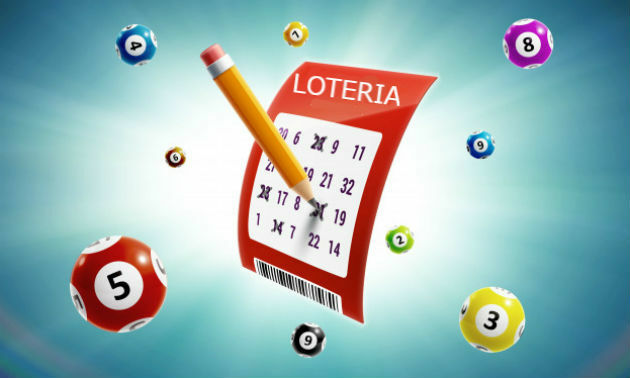
random experiment
A random experiment is one that cannot predict what result will be found before carrying it out.
Events of this type, when repeated under the same conditions, can give different results and this inconstancy is attributed to chance.
An example of a random experiment is to roll an unbiased die (die that has a homogeneous mass distribution) upwards. When falling, it is not possible to predict with certainty which of the 6 faces will be facing upwards.
Probability Formula
In a random phenomenon, the chances of an event occurring are equally likely.
Thus, we can find the probability of a given result occurring by dividing the number of favorable events and the total number of possible outcomes:
Being:
p(A): probability of occurrence of an event A
at): number of cases that interest us (event A)
n (Ω): total number of possible cases
Examples
1) If we roll a perfect die, what is the probability that a number less than 3 will roll?
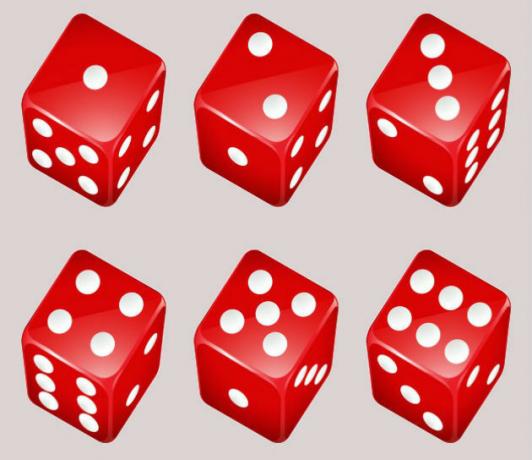
Solution
As the perfect die, all 6 faces have an equal chance of falling face-up. So let's apply the probability formula.
For this, we must consider that we have 6 possible cases (1, 2, 3, 4, 5, 6) and that the event "out of a number less than 3" has 2 possibilities, that is, out of the number 1 or the number 2. So we have:
2) The deck of cards consists of 52 cards divided into four suits (hearts, clubs, diamonds and spades) with 13 cards of each suit. Thus, if you draw a card at random, what is the probability of a card coming out of the club suit?
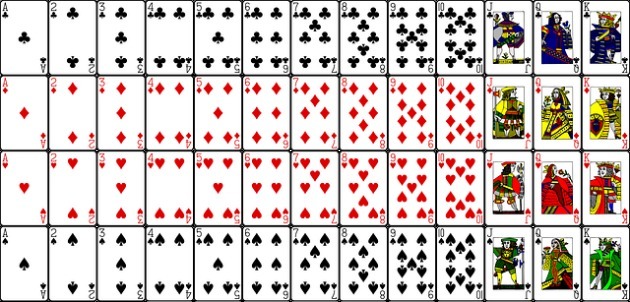
Solution
When drawing a card at random, we cannot predict what this card will be. So this is a random experiment.
In this case, the number of cards corresponds to the number of possible cases and we have 13 clubs that represent the number of favorable events.
Substituting these values in the probability formula, we have:
Sample space
represented by the letter Ω, the sample space corresponds to the set of possible results obtained from a random experiment.
For example, when randomly taking a card from a deck, the sample space corresponds to the 52 cards that make up this deck.
Likewise, the sample space when rolling a die once, are the six faces that compose it:
Ω = {1, 2, 3, 4, 5 and 6}.
Types of Events
The event is any subset of the sample space of a random experiment.
When an event is exactly the same as its sample space, it is called a right event. Conversely, when the event is empty, it is called a impossible event.
Example
Imagine that we have a box with balls numbered from 1 to 20 and that all the balls are red.
The "draw a red ball" event is a sure event, as all the balls in the box are of this color. The "draw a number greater than 30" event is impossible, since the highest number in the box is 20.
Combinatorial Analysis
In many situations, it is possible to directly discover the number of possible and favorable events in a random experiment.
However, in some problems you will need to calculate these values. In this case, we can use the permutation, arrangement and combination formulas according to the situation proposed in the question.
To learn more about the topic, go to:
- Combinatorial Analysis
- Combinatorial Analysis Exercises
- Fundamental Principle of Counting
- Permutation
Example
(EsPCEx - 2012) The probability of obtaining a number divisible by 2 in the random choice of one of the permutations of the digits 1, 2, 3, 4, 5 is
Solution
In this case, we need to find out the number of possible events, that is, how many different numbers we get by changing the order of the given 5 digits (n=5).
As, in this case, the order of the digits form different numbers, we will use the permutation formula. Therefore, we have:
Possible events:
Therefore, with 5 digits we can find 120 different numbers.
To calculate the probability, we still have to find the number of favorable events that, in this case, is to find a number divisible by 2, which will happen when the last digit of the number is 2 or 4.
Considering that for the last position we only have these two possibilities, then we will have to swap the other 4 positions that make up the number, like this:
Favorable events:
The probability will be found by doing:
Read too:
- Pascal's triangle
- Complex numbers
- Mathematics in Enem
Exercise solved
1) PUC/RJ - 2013
If a = 2n + 1 with n ∈ {1, 2, 3, 4}, then the probability of the number The being a pair is
to 1
b) 0.2
c) 0.5
d) 0.8
e) 0
As we substitute every possible value of n into the expression for the number a, we notice that the result will always be an odd number.
Therefore, "being an even number" is an impossible event. In this case, the probability is equal to zero.
Alternative: e) 0
2) UPE - 2013
In a group of a Spanish course, three people intend to do an exchange program in Chile, and seven in Spain. Among these ten people, two were chosen for the interview that will draw scholarships for study abroad. The probability that these two chosen people belong to the group of those who intend to do an exchange in Chile is
First, let's find the number of possible situations. As the choice of the 2 people does not depend on the order, we will use the combination formula to determine the number of possible cases, ie:
So there are 45 ways to choose 2 people out of a group of 10 people.
Now, we need to calculate the number of favorable events, that is, the two people drawn want to do the exchange in Chile. Again we will use the combination formula:
So there are 3 ways to choose 2 people out of the 3 who want to study in Chile.
With the values found, we can calculate the requested probability substituting in the formula:
Alternative: b)
Read more about some related subjects:
- Newton's binomial
- Probability Exercises (easy)
- Probability Exercises
- Statistic
- Statistics - Exercises
- Math Formulas

